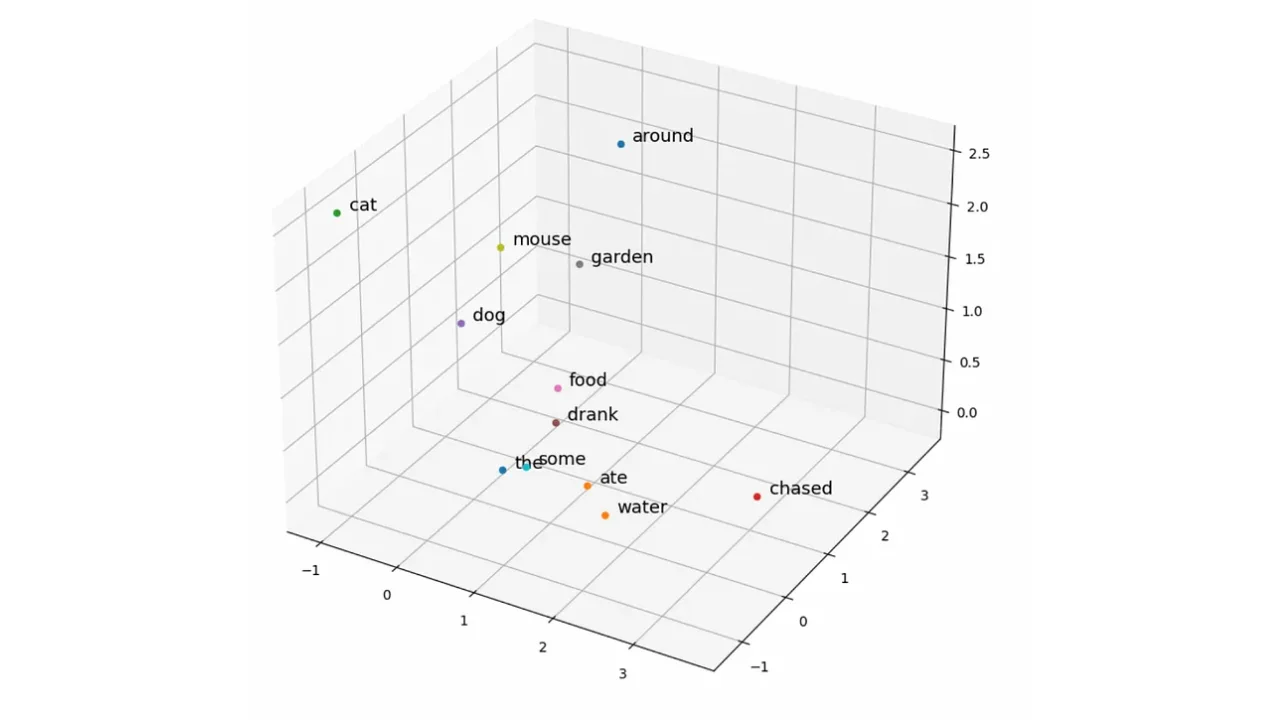
Bootstrap vs. Tailwind CSS
Welcome to another insightful article where we dive into the world of CSS frameworks, specifically comparing two of the most popular ones: Bootstrap and Tailwind CSS. Whether you're a seasoned developer or just starting out, choosing the right framework can significantly impact your workflow and the look of your projects. Let's explore the key differences between Bootstrap and Tailwind CSS to help you make an informed decision. And as always, we welcome your thoughts and views in the comments below!
Bootstrap: The Classic CSS Framework
Bootstrap has been around since 2011 and has become a staple in the web development community. It's a comprehensive framework that includes a plethora of pre-styled components, such as buttons, modals, and forms. Here are some of the main features and benefits of Bootstrap:
- Pre-designed Components: Bootstrap comes with a vast library of ready-to-use components, making it easy to create a consistent and polished look for your site quickly.
- Grid System: Its responsive grid system is intuitive and flexible, allowing for complex layouts that adjust seamlessly across different screen sizes.
- Utility Classes: Bootstrap includes a wide range of utility classes for margin, padding, typography, and more, helping to speed up the styling process.
- Customizable: While Bootstrap comes with a default theme, it’s highly customizable through Sass variables and mixins.
Example: Creating a Responsive Grid with Bootstrap
Here's a simple example of a responsive grid using Bootstrap:
<!DOCTYPE html>
<html lang="en">
<head>
<meta charset="UTF-8">
<meta name="viewport" content="width=device-width, initial-scale=1.0">
<title>Bootstrap Example</title>
<link href="https://stackpath.bootstrapcdn.com/bootstrap/4.5.2/css/bootstrap.min.css" rel="stylesheet">
</head>
<body>
<div class="container">
<div class="row">
<div class="col-md-4">Column 1</div>
<div class="col-md-4">Column 2</div>
<div class="col-md-4">Column 3</div>
</div>
</div>
</body>
</html>Tailwind CSS: The Utility-First Framework
Tailwind CSS takes a different approach. Introduced in 2017, it's known for its "utility-first" philosophy. Instead of pre-styled components, Tailwind provides low-level utility classes that you can combine to create any design directly in your HTML. Here’s what makes Tailwind CSS stand out:
- Utility-First Approach: Tailwind offers thousands of tiny utility classes for everything from spacing to typography, allowing for complete design control without writing custom CSS.
- Highly Customizable: Tailwind’s configuration file lets you customize the default design system (colors, spacing, fonts, etc.) to match your project’s needs.
- No Pre-styled Components: Unlike Bootstrap, Tailwind doesn’t include pre-styled components. This means more flexibility and creativity, but also more effort to design components from scratch.
- PurgeCSS: Tailwind includes PurgeCSS by default to remove unused CSS, resulting in smaller file sizes and faster load times.
Example: Creating a Responsive Grid with Tailwind CSS
Here's a simple example of a responsive grid using Tailwind CSS:
<!DOCTYPE html>
<html lang="en">
<head>
<meta charset="UTF-8">
<meta name="viewport" content="width=device-width, initial-scale=1.0">
<title>Tailwind CSS Example</title>
<link href="https://cdnjs.cloudflare.com/ajax/libs/tailwindcss/2.0.1/tailwind.min.css" rel="stylesheet">
</head>
<body>
<div class="container mx-auto">
<div class="flex flex-wrap">
<div class="w-full md:w-1/3 p-2">Column 1</div>
<div class="w-full md:w-1/3 p-2">Column 2</div>
<div class="w-full md:w-1/3 p-2">Column 3</div>
</div>
</div>
</body>
</html>Key Differences
Design Philosophy
- Bootstrap: Focuses on providing a comprehensive set of pre-styled components and a robust grid system. Great for quick prototypes and consistent design.
- Tailwind CSS: Emphasizes utility classes and flexibility, allowing for more customized and unique designs but requiring more hands-on styling.
Customization
- Bootstrap: Customizable through Sass variables and overriding styles, but requires knowledge of Sass and Bootstrap’s theming system.
- Tailwind CSS: Customizable through a single configuration file that can define colors, spacing, fonts, etc., making it easier to tailor the design system to your needs.
Learning Curve
- Bootstrap: Easier for beginners to pick up and use immediately due to its pre-styled components.
- Tailwind CSS: Has a steeper learning curve as it requires understanding and applying utility classes effectively.
Should You Use Bootstrap or Tailwind CSS?
The choice between Bootstrap and Tailwind CSS depends on your project requirements and personal preferences:
- Choose Bootstrap if: You need a quick, out-of-the-box solution with pre-styled components and a robust grid system. It’s great for prototyping, building admin dashboards, or any project where you want to get up and running quickly with a consistent look.
- Choose Tailwind CSS if: You prefer more control over your design, want a lightweight and highly customizable framework, and don’t mind spending more time on styling. It’s ideal for custom, unique designs and projects where performance is a critical factor.
Both Bootstrap and Tailwind CSS are powerful tools in the right hands. Bootstrap’s comprehensive component library and grid system make it a go-to for many developers, while Tailwind’s utility-first approach offers unmatched flexibility and customization.
We hope this comparison helps you decide which framework aligns better with your project needs and workflow. What are your experiences with Bootstrap and Tailwind CSS? Which one do you prefer and why? Share your thoughts in the comments below—we’d love to hear from you!
Happy coding! 🚀
Source: Kudzai Murimi




